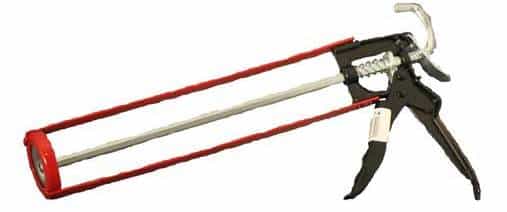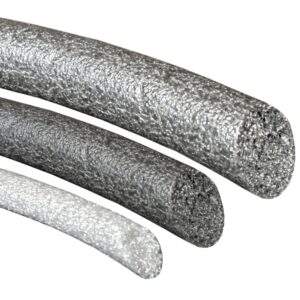The article by Shawn, founder of Elite Caulking and window caulking expert, provided valuable insights, but there are still some essential tips to explore. Don’t overlook these succinct tips that can make all the difference in your caulking projects. Before you get into the details, it’s crucial to remember that caulking is a task to consider year-round, including during the winter months. It’s a practice that offers long-lasting benefits in terms of comfort and energy savings.
When it comes to window caulking, there are additional tips that can contribute to a successful execution. Keep in mind that quick and accessible advice is just as important as more detailed guides. These tips can play a major role in preserving the integrity of your windows and improving your home’s energy efficiency. Whether it’s summer or winter, caulking remains an essential step in maintaining a comfortable and energy-efficient indoor environment.
Foreword: Note first that caulking is 12 months a year… even the HIVER!
The application process remains the same, except that more care needs to be taken in the preparation of surfaces, in order to eliminate all traces of moisture and to favour the application of primers, always according to the recommendations of the manufacturers.
The main sealants used are silicone-based and react very little to temperature changes during application. We mainly use sealants manufactured by ADFAST (Adseal 4580) or DOW CORNING (CWS).




Window caulking in winter
Yes! It is possible to remedy air infiltration even in cold weather! because the frigid air or the water that seeps in on a recurring basis, it must not wait.! Contrary to popular belief, it is not the cold that prevents the specialist from caulking, it is the humidity. In order to maximize the adhesion factor of silicone sealants,work must be planned on days without rain or heavy snowfall. In Quebec, emergencies are usually treated in less than a week.
Montreal,Canada
Today

Rain
Wind: 4.5 km/h
Humidity: 94%
2oC
- Thursday Tomorrow
 -3 degrees Celsius
-3 degrees Celsius - Friday
 -2 degrees Celsius
-2 degrees Celsius
Can we caulk your windows this week?

Tips to keep up all year round

1) Regular inspection of openings
Inspect each year all the caulking joints of each window and door with particular attention to the joints of the openings of the SOUTH and WEST facades, which are more long exposed to the sun, as well as the upper joints directly under the lintels.2) Top quality caulking joint
It is not easy for individuals to purchase the NP1professional seal cartridges from Sonneborn , Mulco or ADFAST, if you do the work yourself, do not invest in low-end sealant; buy in the range of “30-year guarantees” minimum.3) Posing in dry weather and at a pleasant temperature
If professionals afford to caulk in all weathers winter or summer – except in the rain – the seal is easier to handle if you make it between 5 and 25 degrees with polyurethane. The silicone gasket is malleable in winter and summer because it is not affected by temperature, which is why this material is the preferred choice of window caulking professionals.4) Keep you safe
Work on the last bars of a ladder is suicidal (should we really remember it?) So use a ladder higher than the level of your work, moor it securely to the building. If you are not equipped in this area or have a problem with high-rise situations, give up the upstairs windows and call on the professional.5) Spending time on cleaning the old joint
Remove the old cracked or dry caulk completely, cut with a cutter (Exacto) or a specialized saw, brush and suck up the dust at the end of cleaning.
6) Importance of the backer rods
Before placing the seal itself, insert your backer rods into spaces that are too wide or too deep.7) A quality cartridge gun
Use an excellent cartridge gun, one of those with a hexagonal pusher; they are more accurate and easier to handle. For a few dollars more …8) Caulking Gun Flow
For cosmetic seals, pull the trigger on the caulking gun with confidence to promote regular flow. Avoid jerking off and stopping. Exercise beforehand, this double check of the regularity of the flow in places less apparent such as a lintel.- Pressure on the trigger
- Moving the gun according to the need for filling
9) Filling the joints
Be generous with your caulking joints, your home will return it to you. A large and very full joint is necessary to ensure the true efficiency and durability of your work.10) Smoothing the joints
There are very practical seal smoothing tools if you have laid the right amount of dough. You don’t smooth the caulking joints with a wet finger like you see for a sink or bathtub joint in the bathroom.Bonus tip: Respect the surroundings
Don’t postpone the sweeping and cleaning of your work area until tomorrow, your wife and neighbours will be a thousand times grateful. Read also the answers to the most common questions asked of our caulking companyFAQ: Window Caulking – Summer / Winter Tips




